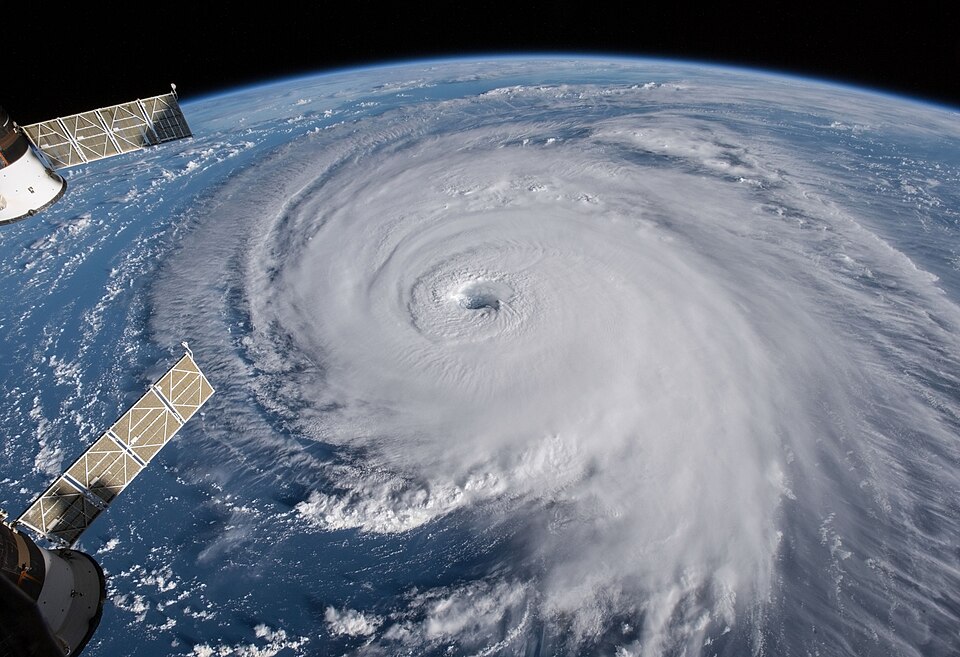
You might hear these two terms used to describe a similar weather event and wonder, how are they different?
Luckily, with a few geographical guidelines, you’ll no longer need to pause in confusion when a meteorologist warns of a “level 5 hurricane” or “super typhoon.” Learn why they’re the same thing, with different titles that are simply determined by location.
The root of all hurricanes and typhoons…
Both terms refer to an intensified “tropical cyclone,” a union of clouds and thunderstorms rotating above tropical or subtropical waters. Storm systems officially become tropical cyclones when they form a closed circulation pattern. In other words, if there’s a clear “eye” of the storm, it’s a tropical cyclone!
All tropical cyclones:

Develop over warm tropical oceanic waters between June and November, although they can occasionally occur outside of these months.

Have a spiral or circular system of strong winds rotating around an eye, sometimes hundreds of miles across in diameter
However, not all tropical cyclones become hurricanes or typhoons. They begin as Tropical Depressions, graduate to Tropical Storms when winds reach 39 miles per hour, and become hurricanes (or typhoons) at 74 mph, at which point they are classified by levels and additional titles.
The chart below shows how meteorologists in the US determine a hurricane’s ‘category’, a measure of intensity.

Location, location, location
Here’s the question to ask when determining whether a tropical cyclone should be called a hurricane or typhoon: Over which ocean is this intensified tropical cyclone hovering?
- If it’s above the North Atlantic, central North Pacific or eastern North Pacific oceans (Florida, Caribbean Islands, Texas, Hawaii, etc.), we call it a hurricane.
- If it hovers over the Northwest Pacific Ocean (usually East Asia), we call it a typhoon.
- If it’s circling over any other region, we continue to call it a tropical cyclone.

Whether it’s called a hurricane or typhoon, one thing is certain:

These storms are strong enough to inflict severe damage.
Hurricanes and typhoons begin to lose their strength once they hit land. Without the warm waters of the ocean to fuel them, they eventually decrease in both speed and size until they dissipate. Unfortunately, this doesn’t always happen quickly enough to prevent irreparable damage.
Comments are closed